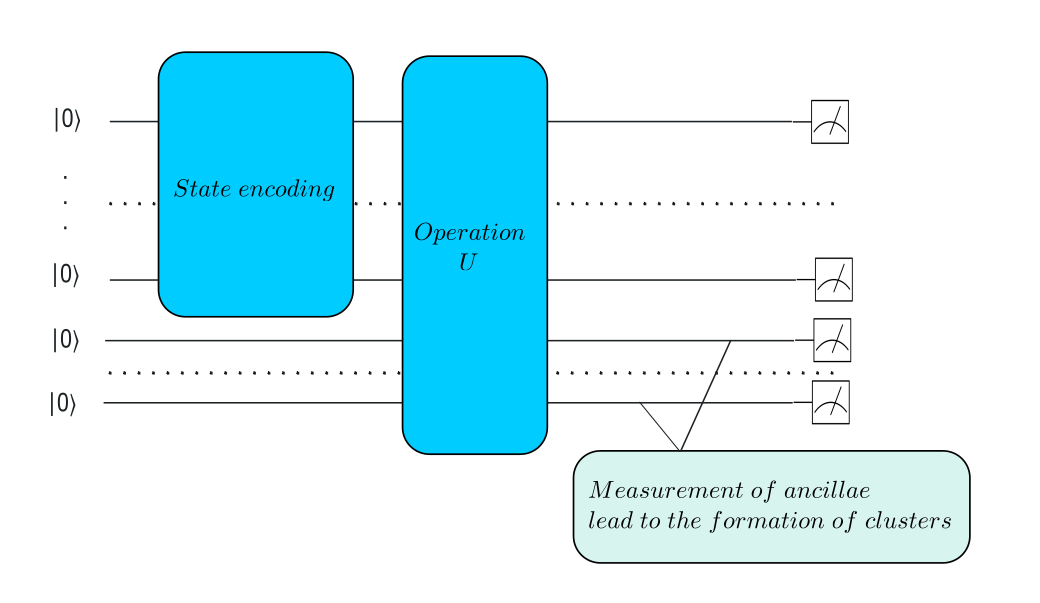Solving CO problems through VQA and unsupervised clustering
Masters thesis
How would you determine the ground state of a quantum system with no exact solution?
- Dr. Sheldon Cooper
For my thesis, I joined lab of Prof. Prasanta Panigrahi at IISER Kolkata and worked on solving large scale combinatorial optimization problems through clustering methods.
Together, we developed two novel clustering algorithms, one being a quantum algorithm following divisive approach and the other being inspired by unsharp measurements. Following blocks show the workflow of developed algorithms.
Heirarchical Quantum Clustering Algorithm
Input: {D_{k_1i}}, n, m
Output: k clusters
initialization
Construct the state |ψ>
for num_clusters != k
| apply U on n + m register if num clusters = k then
| | Return: Output
| else
| | further split the clusters by applying U or merege until num clusters = k
| end
end
Unsharp measurement based Clustering Algorithm
Input: {D_{k_1i}}, n
Output: k clusters
initialization
Construct the superposed quantum state as described
for cluster around point i do
| measure state unsharply around i if num clusters = k
| then
| | Return: Output
| else
| | re-center the next distance j at i and measure until num clusters = k
| end
end
We implemented them on various datasest for the benchmarking purpose and found that it outperforms state-of-the-art quantum clustering algorithms as well as classical divisive clustering. Below are the results.
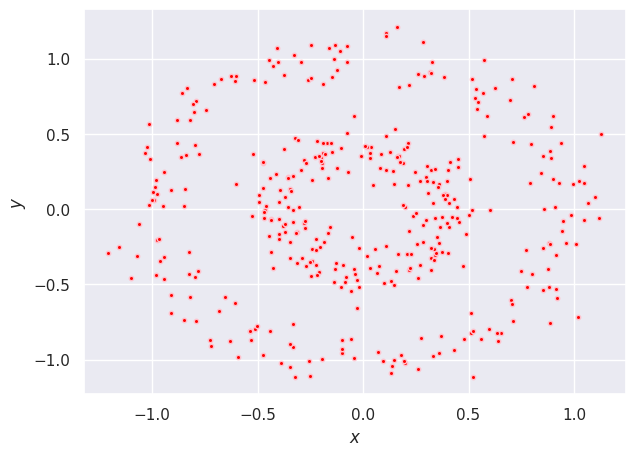
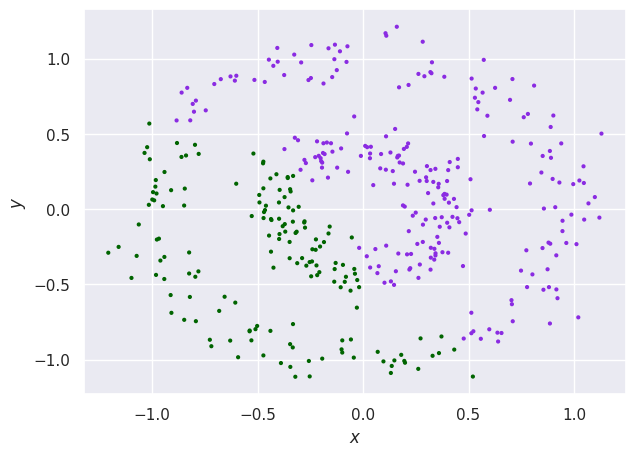
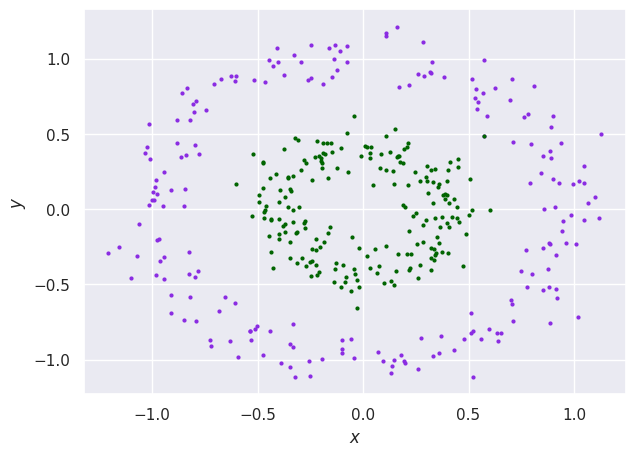
The main goal of thesis was to solve large scale graph problems like TSP; we employed two methods:
(i) one is implenting developed algorithms to cluster the nearby cities in TSP data.
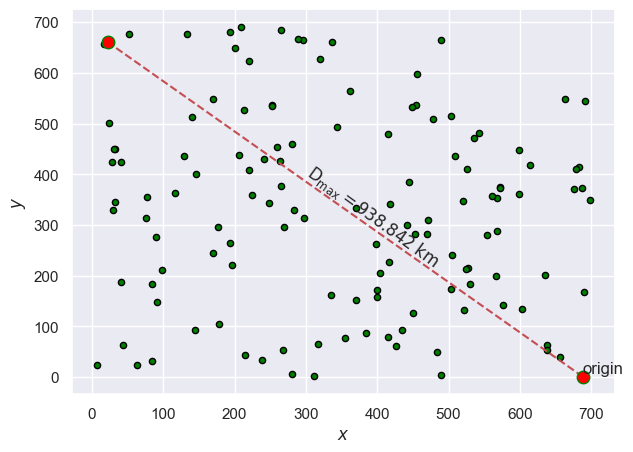
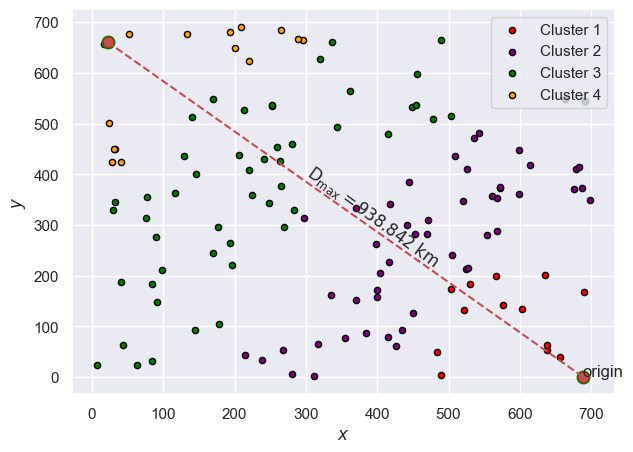
(ii) and the second using tensor networks.
